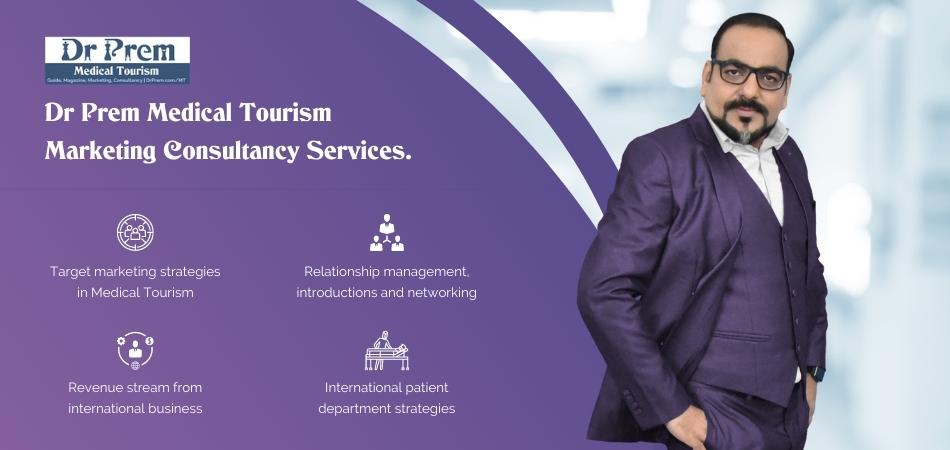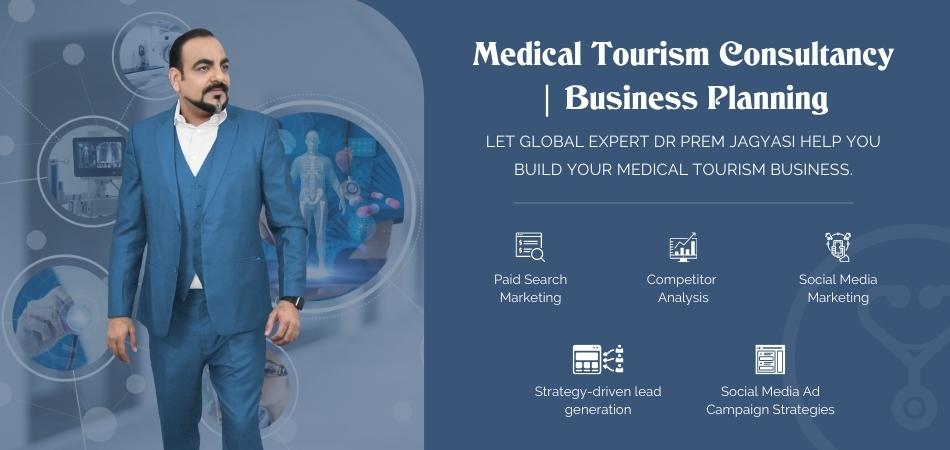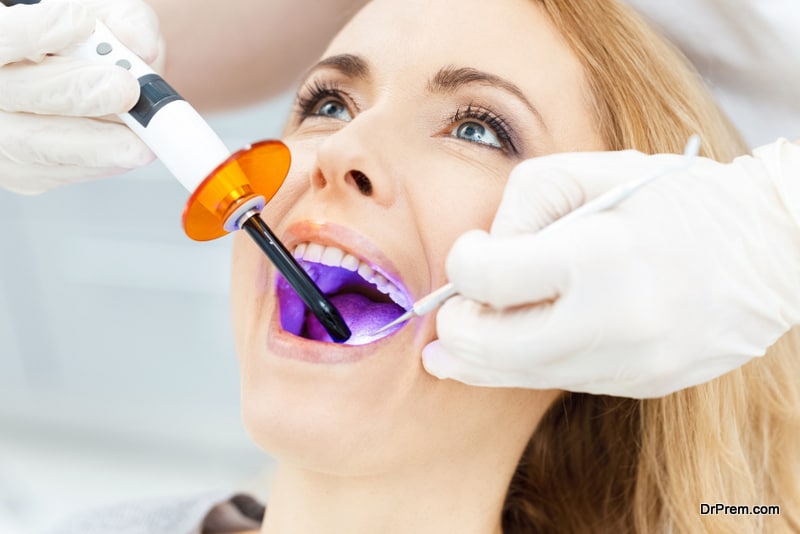According to the Medical Tourism Index (MTI), the world’s most attractive countries for Medical Value Travelers include Canada, the United Kingdom, Israel, Spain, and Singapore, just to name a few. Besides these highly developed economies, other countries such as the UAE and India are rising to the occasion to provide premier healthcare, medical, and wellness services.
In this article, we will explore what contributes to the making of a global healthcare and medical tourism (MT) hub. Asia in particular has quite a number of destinations such as Thailand and Malaysia that have transformed into affordable MT destinations. Aside-by-side comparison of two of the leading medical tourism destinations in the region is provided, i.e., India and Dubai.
The Case Study of India and Dubai
“Case study” seems like just the right phrase to use when analyzing the makings of a premier global MT hub. If you’re in a position thinking “I need someone to write my paper on medical tourism”, these two case studies will be a solid guide.
Both India and Dubai are ranked in the top 10 medical tourism destinations worldwide. Each of these destinations has specific factors that give them their status within medical tourism statuses.
Let’s explore each of these destinations individually:
Dubai
Dubai has solidified its position as a global healthcare hub, becoming a popular destination for patients from all around the world seeking top-notch medical services. According to the Dubai Health Authority, Dubai attracted 630,000 international health tourists in 2021.
Numerous factors have contributed to the city’s attractiveness as a premier destination for medical tourism. Dubai therefore stands as a prime example of what makes a healthcare hub truly stand out on the world stage.
1. Cutting-Edge Healthcare Facilities
Dubai has invested billions of dollars in the last decade alone to build up its network of modern, internationally accredited hospitals and clinics. These facilities are equipped with state-of-the-art medical technology. They are also manned by highly skilled and experienced healthcare professionals, attracted from some of the best healthcare institutions in the world. Strict adherence to global standards further solidifies Dubai’s position as a premier MT destination.
2. Patient-Centric Experience
Dubai’s healthcare providers prioritize not just medical treatment but an entire patient experience. Thus, patients can experience luxurious amenities, personalized care plans, and concierge services all designed to minimize stress and enhance comfort. This goes beyond treatment and extends to recovery as well.
3. Cost-Effective Healthcare Solutions
While the costs are still higher compared to countries such as India and Malaysia, Dubai still offers cost advantages when compared to some more developed countries such as the US and Spain. The liberal healthcare system promotes the use of both cash and insurance without much of a cost variance, compared to countries like the US where payment using insurance and Medicaid is incentivized.
4. Diverse Range of Specialties
According to the DHA, Dubai boasts nearly 57,000 Licensed Healthcare Professionals, drawn from 120 nationalities. These experienced world-class doctors cover everything from Orthopedics, Ophthalmology, Dentistry, Dermatology, Gynecology, and Wellness.
Dubai’s healthcare landscape covers a comprehensive range of medical services, from dentistry and dermatology to cosmetic surgery, orthopedics, and oncology. This diversity ensures that patients can find specialized treatments across a spectrum of healthcare needs.
5. Accessibility and Convenience
Dubai’s strategic geographical position and well-connected transportation network make Dubai easily accessible to patients worldwide.
6. Government Support and Initiatives
The Dubai government has played a crucial role in the growth of medical tourism initiatives, including the Dubai Health Authority. Through these and other agencies, the government has simplified visa procedures and has facilitated international events such as the Health 2.0 conference in Dubai, and the Global Nursing and Nursing Research Conference.
The Dubai government plays a pivotal role in fostering the growth of medical tourism. Initiatives such as specialized medical tourism agencies, simplified visa procedures, and active participation in international events showcase a commitment to positioning Dubai as a global leader in healthcare.
India
India, in recent years, has risen to become a major player on the medical tourism stage and is now among the top 6 medical value travel destinations in the world. According to a mid-2020 estimate, the medical tourism industry in India is valued at around $9 billion, securing India’s position in the Global Medical Tourism Index.
An approximate 2 million patients flock to India annually from 78 countries, with the MT industry projected to reach $13 billion in revenue by 2026, bolstered by the government’s Heal in India initiative. Beyond economic benefits, this surge in medical tourism positions India as a global Healing Center, creating valuable soft power for the nation.
Various local health practitioners have emphasized India’s rigorous medical education system, top-notch doctors and specialists, and premier hospitals as key success factors. factors propelling its dominance in the medical tourism market. The patient-centric approach allows individuals to receive affordable treatment packages in India, further enhancing its appeal.
Here are some reasons why India has emerged as a popular destination for MVTs:
1. Low-cost healthcare
India’s key advantage lies in its ability to deliver world-class healthcare at a fraction of the cost. Most medical tourists visiting India hail from Asian and African countries such as Sri Lanka, Bangladesh, Nepal, Maldives, Indonesia, and Kenya, among others.
2. Holistic Healthcare
India’s appeal is not just economic but also rooted in its historical association with natural medicines and Ayurveda. This has earned it the reputation of being a Holistic Healthcare destination.
3. Government Incentives
The government of Narendra Modi is fully committed to transforming India into a world-class medical destination. With initiatives like “Heal in India,” the government aims to ease visa and forex norms, unlocking the vast potential of medical tourism.
Being a large country, India also has a booming medical tourism spread across various cities.
Chennai, termed the “health capital of India,” attracts foreign patients annually for a spectrum of medical procedures. These include hip replacements, eye surgeries, cardiac bypasses, bone marrow transplants, and alternative medical treatments.
Mumbai boasts India’s fastest-expanding medical tourism industry. The city of Mumbai is home to numerous super-specialty hospitals and a Research and Diagnostic Center for orthopedic and weight reduction procedures. Mumbai is also renowned for its Ayurvedic therapies and cosmetic surgery.
New Delhi, hosts numerous outstanding private hospitals offering packages for general surgery, eye surgery, heart care, and neurosurgery to foreign patients.
Bangalore stands out for its abundance of top-notch medical facilities and a higher number of specialists. MVTs visiting Bangalore have attested to shorter wait times.
The city’s medical tourism attractions include advanced training in the West among its doctors, minimal wait times, and quick access to medical care for visitors seeking treatment.
Wrapping Up
For an economy to be a premier global healthcare hub, the key factors seem to be cost effectiveness, patient-centric services, diverse medical specialties, strategic location, and unwavering government support.
Dubai seems to have nearly the perfect mix of these strategic factors, thus making it one of the top global medical tourism hubs. India is closely following behind Dubai, and with its mix of excellent affordability, holistic healthcare, and government initiatives, it seems perfectly positioned to be the leading global hub for medical tourism.






